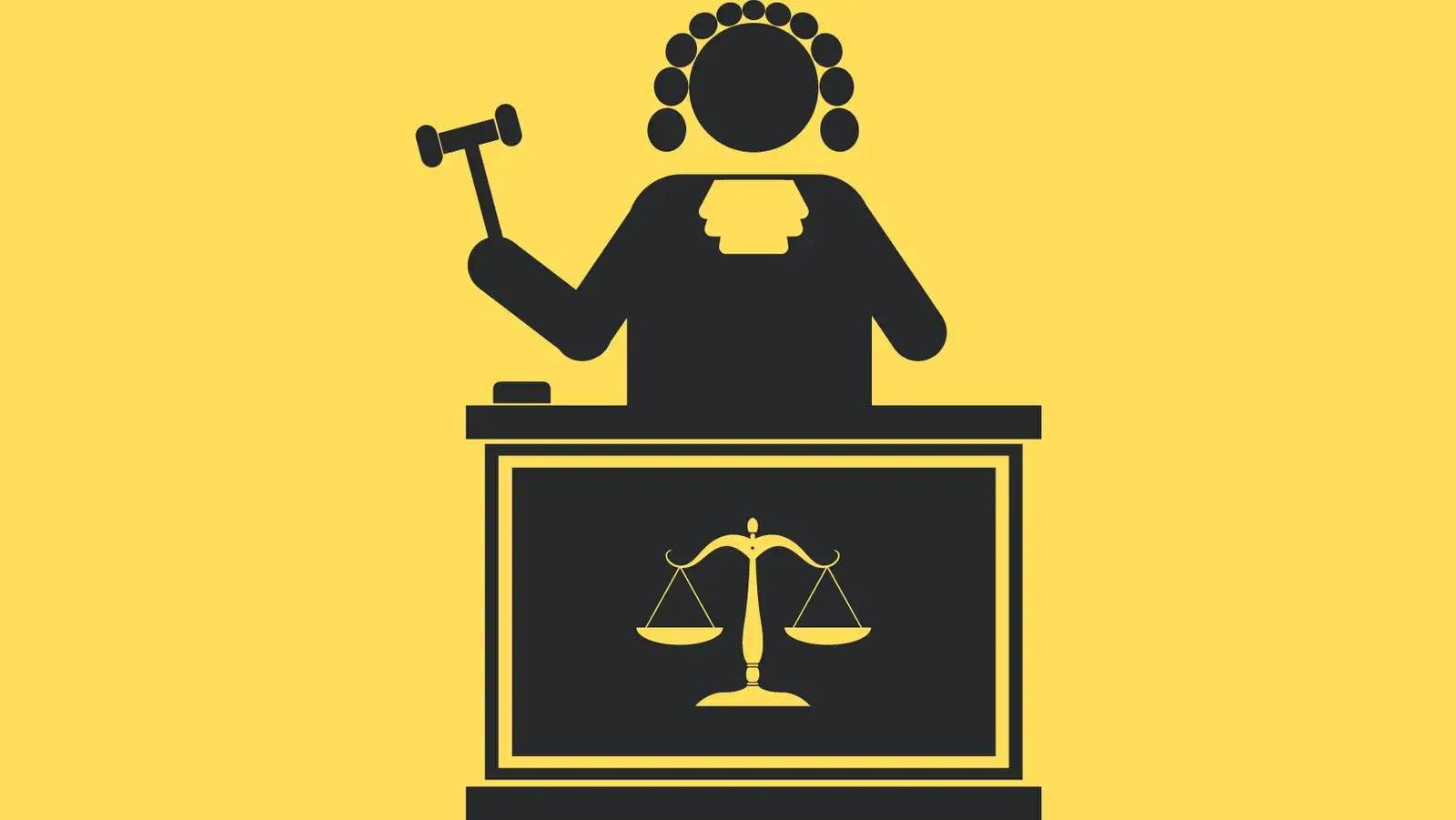Individuals involved in family law court hearings, are referred to as litigants. A litigant in person is someone who is self- representing in court and does not have a lawyer. Parties is another term used to describe litigants, with most cases involving two parties. In the Family Court, the party who initiates the proceedings is called the applicant. The other party is referred to as the respondent. However, there can be instances where there is more than one respondent involved.
family law court hearings
Family law court hearings come in various types, each with a unique name that reflects its purpose and stage of the proceedings. Understanding the name of the hearing can help you prepare and know what to expect. Before every hearing, the court will issue a notice or court order indicating the time and location of the hearing. It’s essential to read the notice or order thoroughly since it may contain instructions on what the court expects from you and the other party before the next hearing.
When it comes to court proceedings, different types of hearings, addressing specific issues and progress the case towards a final decision. Here are some common types of court hearings that you may come across during family law cases:
First Appointment/First Hearing Dispute Resolution Appointment (FHDRA)
This hearing is the first time the court considers the applications and positions of the parties, encouraging them to come to an agreement. If they cannot agree, the court will direct them to provide more evidence and arrange a further hearing. The court may also make interim orders regarding child contact, maintenance, or other relevant issues.
Financial Dispute Resolution (FDR) appointment
This is a hearing facilitating an agreement between parties regarding their finances. The judge considers all financial documents and provides guidance to the parties on the likely outcome if there were to be a final hearing. If the parties agree, the court can approve and turn it into a final order.
Fact Finding Hearing in family law court hearings
If one party has made allegations of domestic violence or child abuse, and it’s unclear whether the allegations are true, the court may hold a fact-finding hearing to determine the truth of the allegations.
Dispute Resolution Appointment (DRA)
This hearing takes place before the final hearing and aims to resolve as many issues as possible. The court will have all the required information to make a decision.
Final Hearing
This is the hearing where the judge makes a final decision based on all evidence, reports, and arguments put forward by both parties.
Directions Hearing in family law court hearings
This is a hearing allowing the judge to review the case and consider what further information or action to request from the parties or other relevant individuals.
Review Hearing
This hearing allows the judge to review the child arrangements made in the previous order and consider any amendments required.
Laws can change and differ depending on the jurisdiction, circumstances, and individual case details. It’s best to consult with a qualified legal professional who can provide tailored advice based on your specific situation.
If you’re involved in a Child Arrangements Order application and need assistance, reach out to us at Dads’ Consultancy. We specialise in supporting dads to self-represent in family law cases, providing guidance and resources to help you navigate the process and advocate for your rights effectively.


